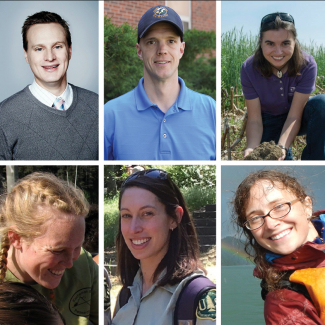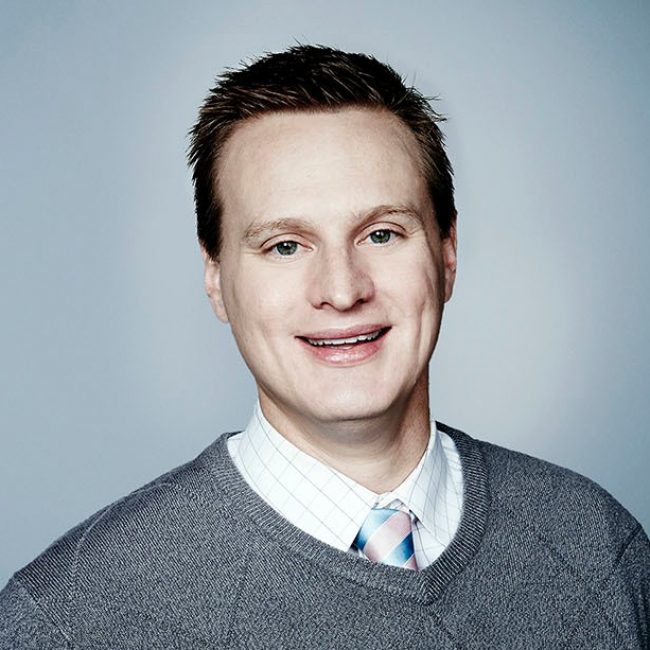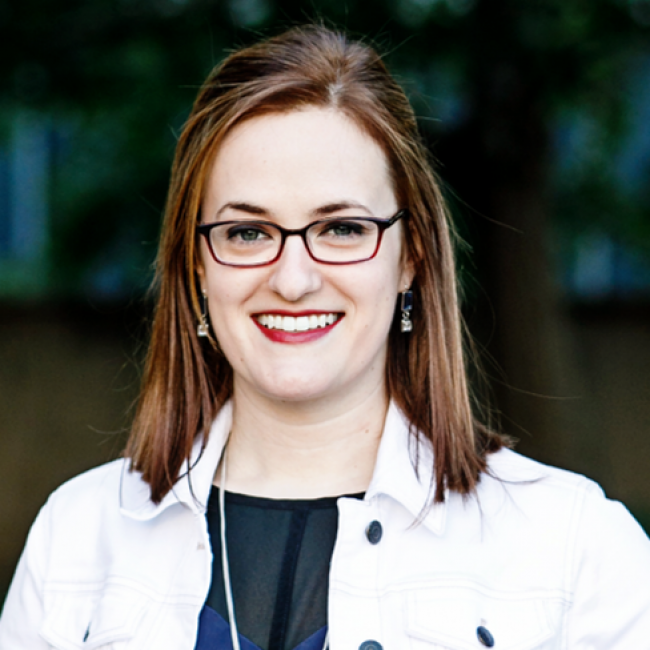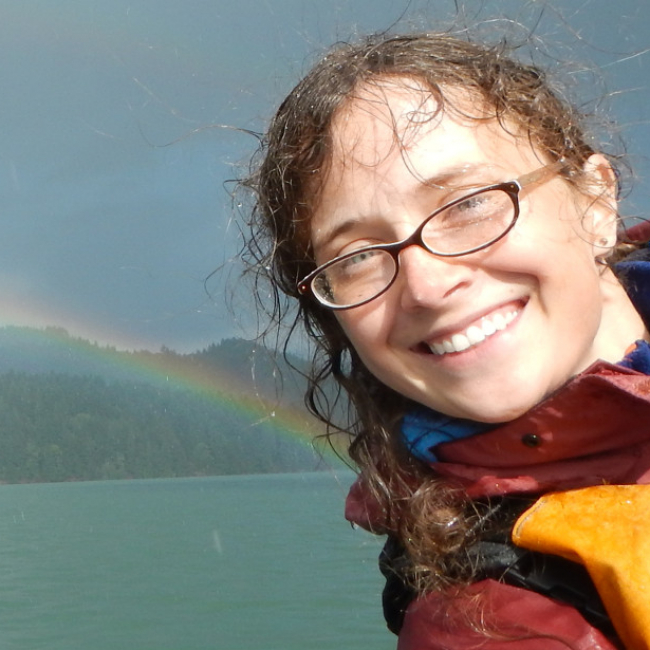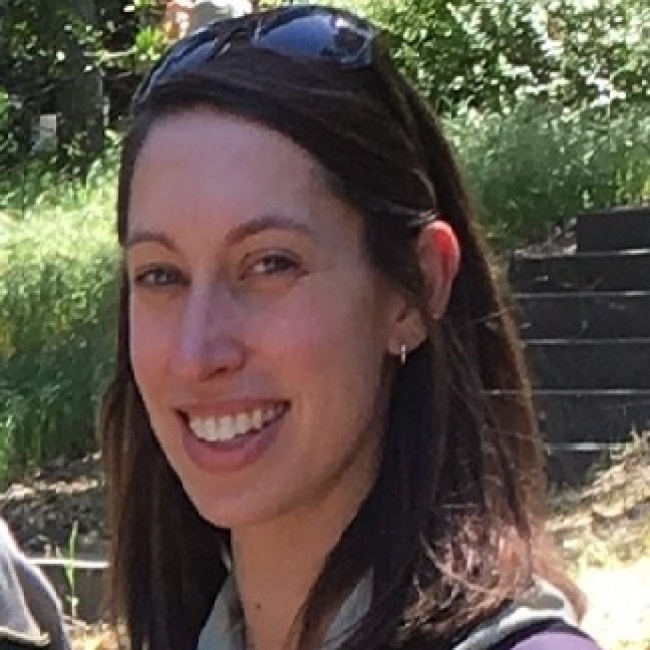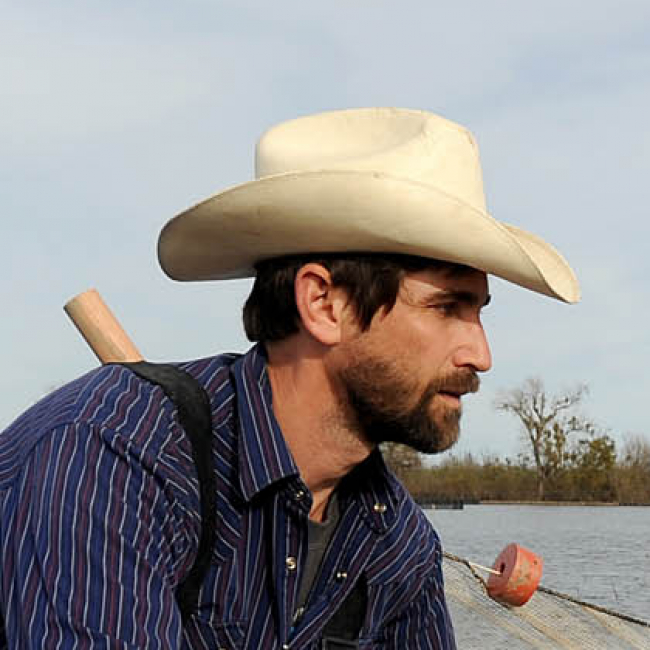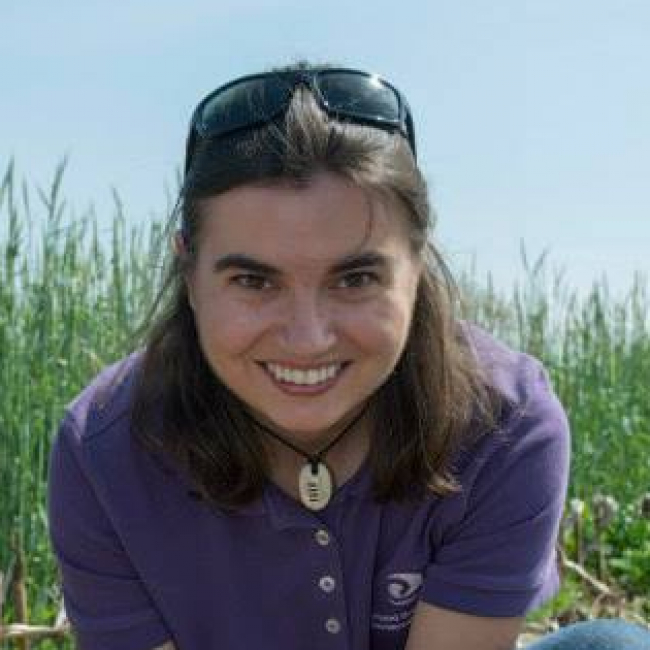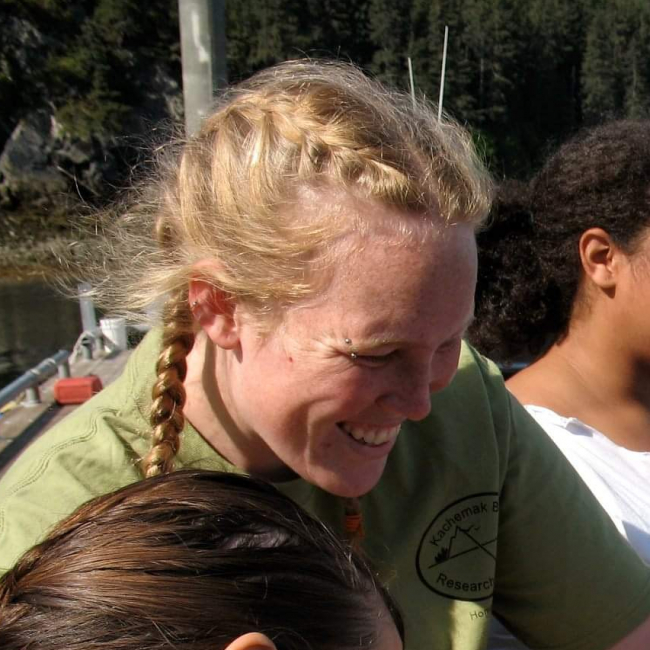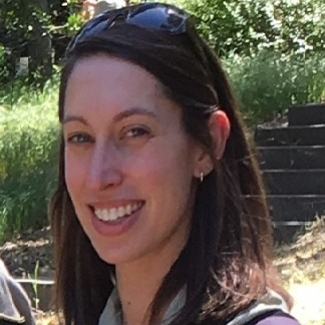
Lara Buluç
The facts
Hollings internship office and topic
Illinois-Indiana Sea Grant studying the impact of pharmaceutical pollutants on human and environmental health
Education
- B.S. in biology and ecosystem science and policy from University of Miami
- M.S. in environmental science and management from University of California-Santa Barbara
Current career
Ecosystem Services and Climate Change Program Lead for the U.S. Forest Service, Region 5
You never know when an experience will serve as a fork in the road of one’s career ... My choice to pursue the Hollings opportunity is very likely why I’m working in public service today.
What was your career path?
Following my Hollings Scholarship and graduation from University of Miami, I earned a master’s degree from the University of California, Santa Barbara. I then entered the USDA Forest Service as a Natural Resource Specialist through a Presidential Management Fellowship in 2009. Though I originally focused on aquatic invasive species management, I gradually shifted my work towards climate change and sustainable operations. I served as the Sustainable Operations and Co-Climate Change Coordinator for the Forest Service’s Pacific Southwest Region from 2011-2021 and in May of this year accepted a new position with the Region as the Ecosystem Services and Climate Change Program Lead. I have also completed several “details” (limited-term assignments in another office) in roles such as National Sustainable Operations Program Manager, Sustainable Operations Collective Network Specialist, Rim Fire Issues Manager at the Stanislaus National Forest, Partnership Liaison, and California Stewardship Program Manager.
How did Hollings impact your career path?
The Hollings Scholarship had a major influence on my career path, as it provided my first exposure to natural resource/policy work in the federal government sector. As context, my Hollings internship was in the EPA Region 5 (Chicago, Illinois) Office in a position partnered with Illinois-Indiana Sea Grant. My internship work focused on proper disposal of pharmaceuticals and personal care products (PPCPs), which then fed my undergraduate thesis work. The federal government internship then opened the door to a follow-on federal fellowship with EPA Region 2 (New York, New York) in graduate school. And, it was that opportunity in EPA Region 2 that exposed me to the Presidential Management Fellowship, which is ultimately how I came into a permanent position in the USDA Forest Service (where I am still employed 11 years later).
Do you still use skills learned during your internship or other aspects of your Hollings experience today?
The Hollings experience helped me build skills in translating environmental challenges into policy considerations. At the time, my applied research focus seemed atypical, as most 2005 scholars were focused on pure research, but I imagine the program has evolved over time.
What advice do you have for current and future Hollings scholars?
Network, network, network…as your next step will be defined as much by those you meet while a Hollings scholar as the work you perform in this period. Also, you never know when an experience will serve as a fork in the road of one’s career. The year I received the Hollings Scholarship, I was also accepted into a study abroad program through my university in Australia. I couldn’t do both. My choice to pursue the Hollings opportunity is very likely why I’m working in public service today.
What was your favorite or most memorable moment from your Hollings experience?
The gathering of scholars at the student symposium in Silver Spring, Maryland, to present our summer work was foundational. It was the first highly visible venue I had ever presented research findings. I’m still Facebook friends with a couple women in that cohort (we now share photos of our children…ha!).


